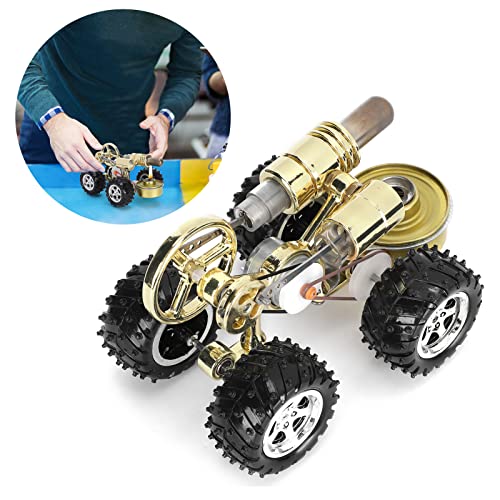Hi All !
There are many ways to make dividing plate
Thanks for your comments and thanks for sharing !!
I just finished a dividing plate
A 40 and 35 hole plate
The 35 hole plate had 1 hole in the wrong position, I fixed it by pressing a small pin and re-drilling.
On the 40 and 35 plate there are 2 holes from which when changing the position between I can cut the 35 and 70 tooth gear
I will finish it and cut the gear and will inform the result





There are many ways to make dividing plate
Thanks for your comments and thanks for sharing !!
I just finished a dividing plate
A 40 and 35 hole plate
The 35 hole plate had 1 hole in the wrong position, I fixed it by pressing a small pin and re-drilling.
On the 40 and 35 plate there are 2 holes from which when changing the position between I can cut the 35 and 70 tooth gear
I will finish it and cut the gear and will inform the result
















































![MeshMagic 3D Free 3D Modeling Software [Download]](https://m.media-amazon.com/images/I/B1U+p8ewjGS._SL500_.png)










![DreamPlan Home Design and Landscaping Software Free for Windows [PC Download]](https://m.media-amazon.com/images/I/51kvZH2dVLL._SL500_.jpg)








